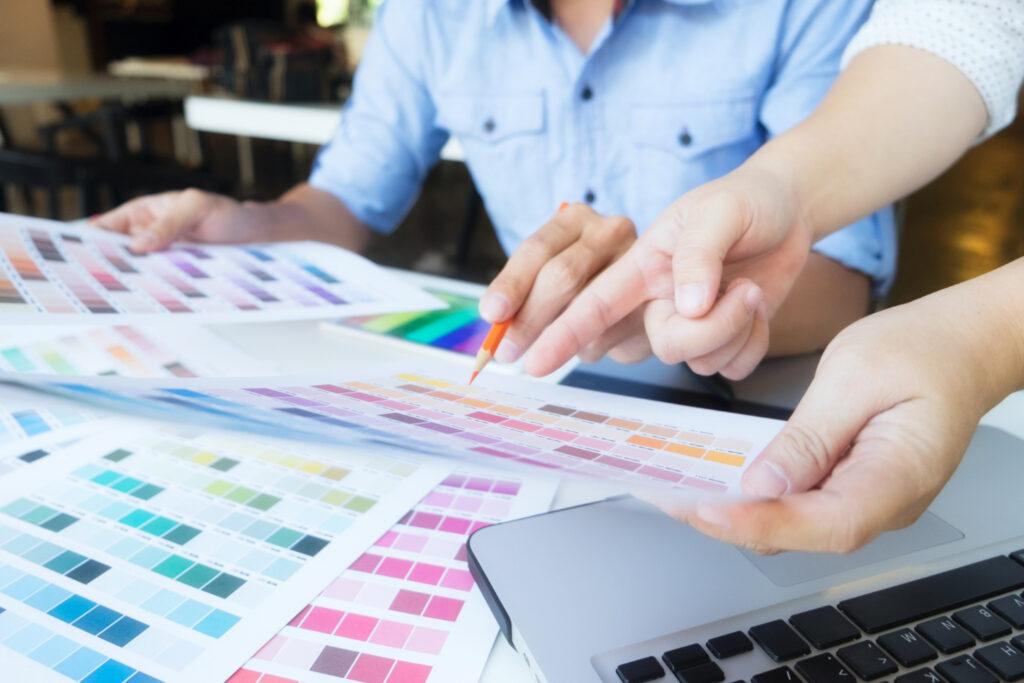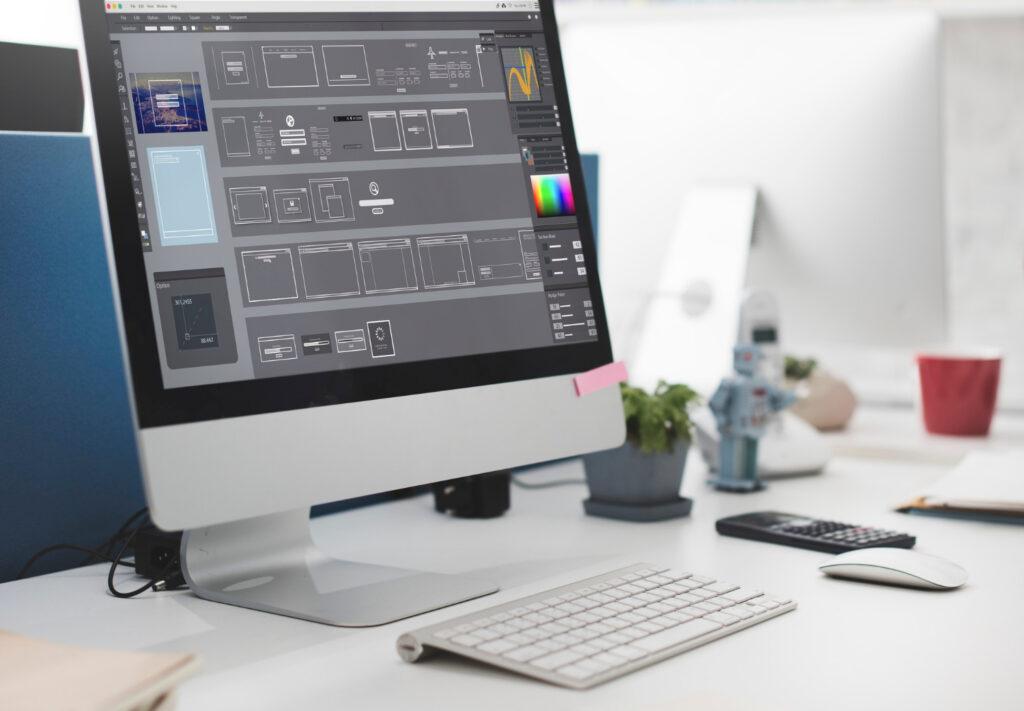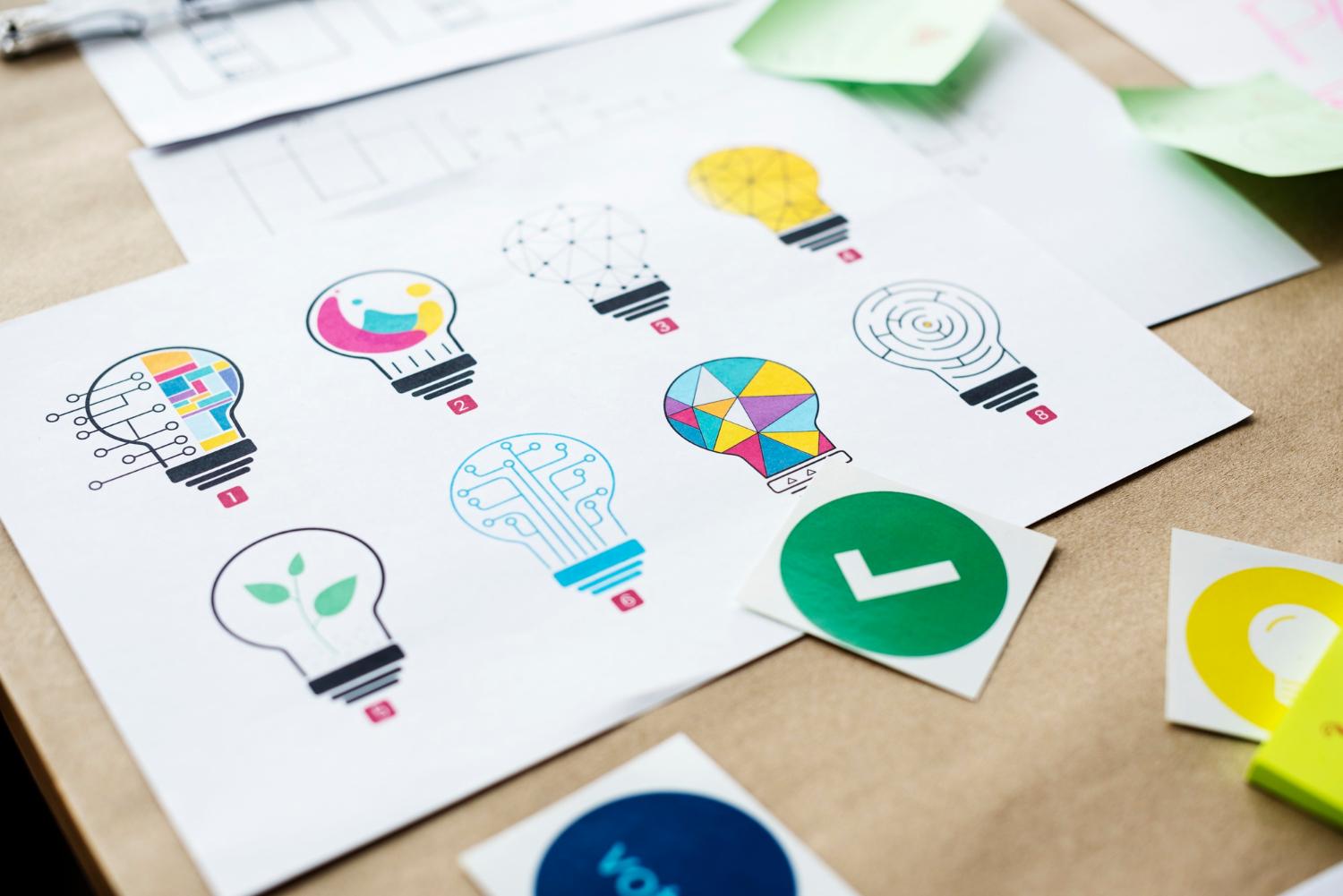It is very difficult to talk about design, considering this issue only from one of its sides, of which there are several: the position of the customer, the position of the executive designer, the position of the owner or executive director of the design studio. Finally, the general, correct position is the cumulative combination of the terms of reference, the design itself, the global tasks that must be solved and the production constraints/usability of graphics in a particular source/interface, if I may say so.

It’s a little complicated. But not too much. As such, the product, as a design, does not exist. Can we consider some graphic elements, concepts, sketches, color and stylistic concepts as design? Of course! Can this be called (as a rule) the final product? Of course not. A product is a set of product characteristics that satisfy the desires of consumers, and therefore the requirements of projects. It is they who dictate, establish the very restrictions that the authors adapt to. It is consumers who encourage authors to look for solutions to the tasks they set for them. Hence the varieties of design are born: web, graphic, interior, technical and so on.

The concept may be very attractive, but not applicable. This is especially true of web design, which can be compared to the production of cars, where the initially developed graphic concept is sometimes radically “cut off” by technical specialists, engineers. The same is true in web design – the initial concept should be made with the expectation of future layout and functionality. Otherwise, after completing the technical construction of the site, the client has a chance to be surprised at how much the initial concept differs from the final result. Another example is the creation of a logo. Many people ask to make a detailed version with a lot of small details, without thinking at all that the logo will be used on small badges and business cards, where small details will simply be unreadable. In the project, such a logo looks very interesting, and its actual application causes problems.

The conclusion is obvious
The most important stage in the production of design is the initial negotiations between the “manufacturer”-designer and the “consumer”-client and the final agreement. The basis is to help you navigate the visual and technical part of the design, and also, as strange as it may sound, to help convey the task and goal. The problem is to find a common language, to find a compromise. The requirements and desires of the client are limited by the scope of their own knowledge, technical savvy and ambitions. Often, he simply does not know what solutions exist on the market, as well as what roles and goals a particular solution has. Another variation is when the client understands everything and significantly limits the designer’s flight of fancy to the technical task, focusing only on himself, thereby destroying all trends and concepts. As a result, the client really gets what he wants. Only from the point of view of correctness of shapes and colors, ease of use, efficiency – a fiasco.
The other side of the coin is the sensational, banal “I’m a designer, that’s how I see it.” A weighty argument, a dispute with which is perceived as a personal insult. The designer, as a performer, is obliged to take into account the opinion of the client, but not completely. The task in general is to analyze the market with which the customer interacts, analyze the competitive environment of the market, analyze the terms of reference (+brief) of the client and issue a solution that meets all the criteria. It is not enough just to perform the task technically correctly, it is important to side with the client. It is highly desirable for the designer to take this into account in his work. The design studio team helps him in this (Which, by the way, distinguishes cooperation with a design studio and with a lone freelancer, but more on that in the next article).

Therefore, the design studio should wrap the idea, the concept of the designer in all the necessary technical conditions, limiting both the visual components from the designer and the not always adequate requirements of the client. All this needs to be done gently, so as not to hurt the thin strings of the designer’s soul and the self-conceit, self-confidence of the client. Combining the client’s requests and the designers’ vision is the task of a person abstracted from both the first and the second. It doesn’t matter who it is – the owner of a small design studio or the technical director of a multidisciplinary agency – he must be objective and look at the interaction from the outside, and preferably from above, observing the whole picture. The mistake of many people in these positions is to impose their third opinion, which makes the task even more difficult, especially given the priority of their opinions as managers. To intervene as delicately as possible and adjust the processes, if possible not to do it at all, is the right decision.
The main thing in this whole process is adequate interaction. Be able to listen and hear each other. To concretize the goal and understand that a common task is being solved. The result will be not only a stylish, but also an effective design, as a solution to the problems that this design is made to solve.

